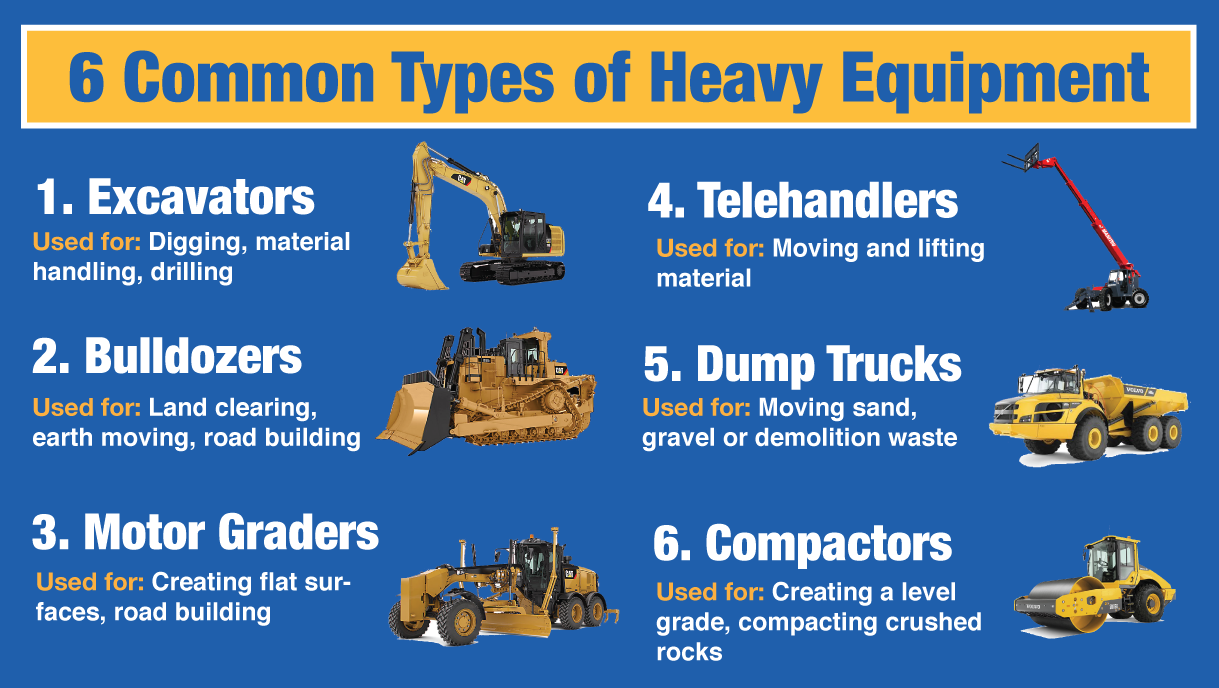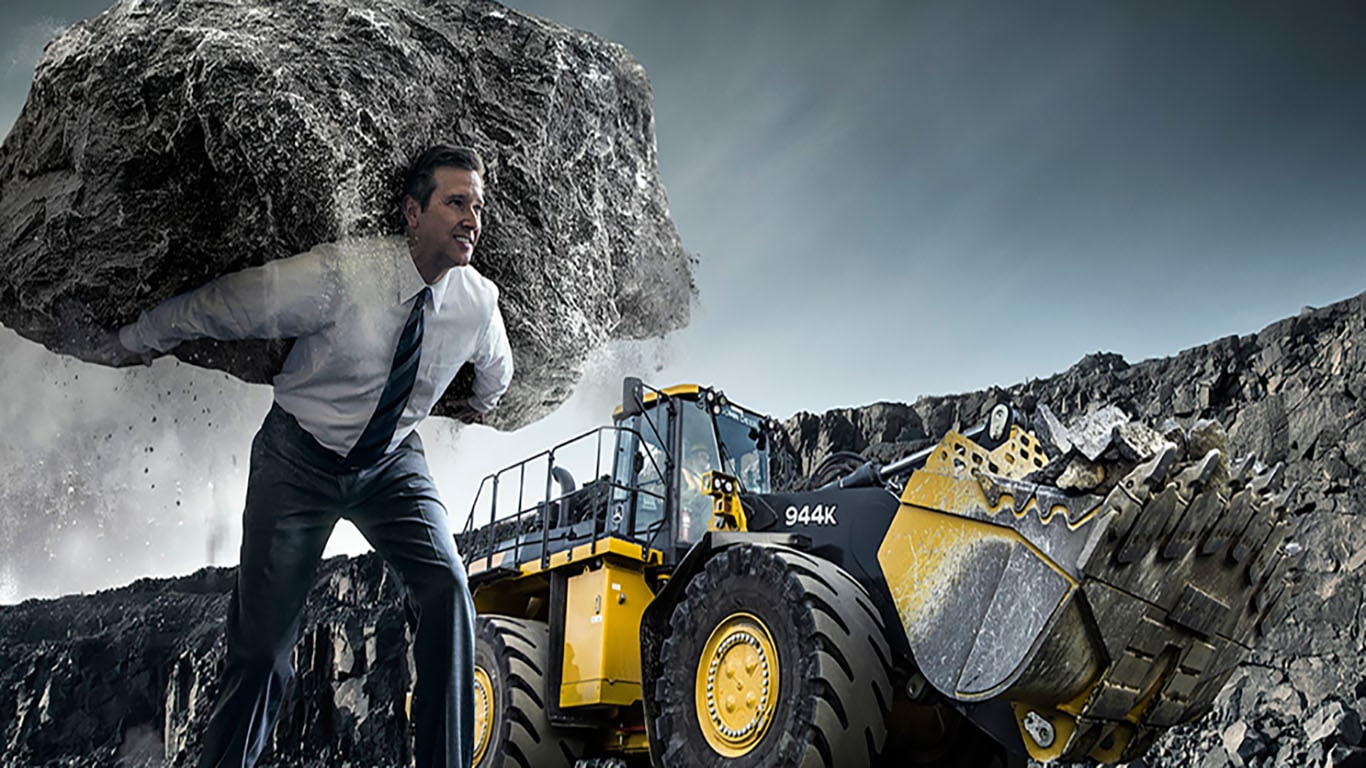Leasing Vs. Acquiring Building Equipment: Making the Right Option for Your Task
When getting started on a building job, one of the essential choices that project managers and stakeholders face is whether to rent out or get construction tools. The choice pivots on various elements such as price considerations, task period, tools upkeep, flexibility, scalability, and threat administration.
Expense Factors To Consider
When evaluating the monetary facet of purchasing versus renting construction tools, the in advance expenses and long-term expenditures should be carefully taken into consideration. Renting out devices commonly calls for lower first repayments contrasted to purchasing, making it an appealing choice for temporary tasks or professionals with budget plan restraints. Leasing removes the requirement for huge capital expenses and lowers the monetary danger related to devices possession, such as upkeep and depreciation prices. However, in the future, constantly renting equipment can collect greater prices than acquiring, especially for extended jobs.
On the other hand, buying building and construction devices involves higher upfront prices however can cause lasting cost savings, specifically for constant users or long-lasting projects. Owning devices provides flexibility, comfort, and the potential for resale worth once the job is completed. In addition, possessing tools enables for personalization and knowledge with specific equipment, possibly raising efficiency and productivity on-site. Inevitably, the decision in between getting and leasing building and construction equipment rests on the job's period, frequency of use, budget considerations, and long-term financial objectives.
Project Duration

Conversely, for long-term projects or ongoing construction work, buying tools could be the extra cost-effective choice. Buying devices can cause cost savings over time, specifically if the tools will be regularly used. In addition, having tools gives a feeling of control over its schedule and permits personalization to fit particular project needs.

Devices Upkeep
Offered the essential role task duration plays in determining the most cost-efficient strategy in between renting and buying building and construction tools, the focus currently changes towards examining the essential aspect of equipment maintenance. On the various other hand, possessing devices needs an aggressive technique to maintenance to protect against breakdowns, ensure visit this site safety, and expand the devices's lifespan. Ultimately, a well-maintained construction tools fleet, whether rented or owned, is necessary for the successful and efficient conclusion of building tasks.
Versatility and Scalability
In the world of construction tools monitoring, the facet of flexibility and scalability holds considerable relevance for project effectiveness and source usage. Opting to lease building and construction tools provides a high degree of adaptability as it allows for the quick adjustment of tools kinds and quantities based on the developing requirements of a task.
Renting out construction equipment provides the advantage of easily scaling operations up or down as job needs fluctuate. Service providers can quickly add or trade devices to match the project's transforming demands without the restraints of possessing assets that may become underutilized or obsolete.
Danger Monitoring
Reliable threat monitoring in construction devices procedures is vital to ensuring task success and mitigating potential economic losses. Building projects naturally entail numerous threats, such as tools failures, mishaps, and task hold-ups, which can dramatically impact the job timeline and budget. By very carefully taking into consideration the risks linked with owning or leasing building and construction equipment, project managers can make educated decisions to minimize these possible hazards.
Leasing building and construction tools can offer a level of risk mitigation by transferring the obligation of repair and maintenance to the rental business. This can lower the monetary problem on the task owner in instance of unanticipated devices failures (dozer rental). Additionally, renting out offers the versatility to accessibility specialized tools for specific task phases, decreasing the threat of possessing underutilized machinery
On the various other hand, owning building equipment supplies a sense of control over its usage and maintenance. Nevertheless, this likewise means birthing the full responsibility for fixings, maintenance prices, and depreciation, boosting the economic dangers related to equipment possession. Cautious danger analysis and consideration of variables such as job duration, tools usage, and upkeep needs are crucial in figuring out one of the most appropriate option for efficient threat monitoring in building jobs.
Final Thought
To conclude, when determining between renting and buying building devices, it is necessary to take into browse around here consideration expense, project period, devices maintenance, scalability, danger, and adaptability administration. Each variable plays an essential role in identifying one of the most appropriate choice for the project available. By thoroughly assessing these elements, job managers can make an informed choice that aligns with their budget plan, timeline, and dig this general task objectives.
